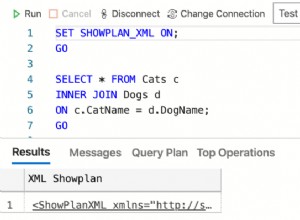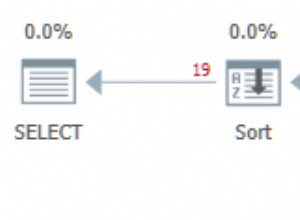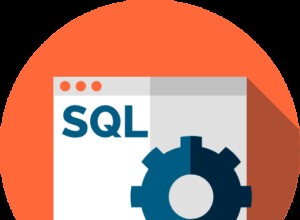Bem, eu percebi um pouco tarde sobre a biblioteca SignalR.Client.NET.35.
No momento da escrita, ele não está empacotado no NuGet, portanto, o código deve ser baixado do Site do projeto do GitHub SignalR e adicionados como um projeto à solução (ambos SignalR.Client.NET e SignalR.Client.NET35 requeridos).
Aqui está a solução final, caso possa ajudar alguém no futuro:
using System;
using System.Collections;
using System.Collections.Generic;
using System.Text;
using System.Data;
using System.Xml;
using Microsoft.SqlServer.Server;
using System.Data.SqlTypes;
using System.Net;
using System.IO;
using System.Xml.XPath;
using SignalR.Client.Hubs;
internal static HubConnection connectionT = null;
internal static IHubProxy msgHubT = null;
/// <summary>
/// allows SSRV to send a message to the Web Socket hub
/// </summary>
/// <param name="URL">URL of the Hub</param>
/// <param name="hubName">Name of the message Hub to be used for broadcasting.</param>
/// <param name="hubMethod">Hub method to be used for broadcasting.</param>
/// <param name="message">Message to be broadcasted.</param>
[SqlFunction()]
public static void ut_sendMsgToHub(string URL, string hubName, string hubMethod, string message)
{
try
{
if (connectionT == null)
{
connectionT = new HubConnection(URL.Trim()); // "http://localhost:56844/M2Hub"
}
if (msgHubT == null)
{
msgHubT = connectionT.CreateProxy(hubName.Trim());//"M2data"
}
if (!(connectionT.State == SignalR.Client.ConnectionState.Connected
|| connectionT.State == SignalR.Client.ConnectionState.Reconnecting
|| connectionT.State == SignalR.Client.ConnectionState.Connecting))
connectionT.Start().Wait();
msgHubT.Invoke(hubMethod.Trim(), message.Trim()).Wait();//"Send"
}
catch (Exception exc)
{
SqlContext.Pipe.Send("ut_sendMsgToHub error: " + exc.Message + Environment.NewLine);
}
}
Importante notar:juntamente com a biblioteca CLR compilada do SQL SERVER 2008R2, você terá que colocar as seguintes dlls na mesma pasta:
- Newtonsoft.Json
- SignalR.Client.Net35 obviamente
- SMdiagnóstico
- System.Runtime.Serialization
- System.ServiceModelin a versão correta (consulte a versão conforme indicado no GAC em C:\Windows\assembly em caso de incompatibilidades).
- System.Threading
finalmente no SQL SERVER:
CREATE ASSEMBLY CLR_Bridge from 'C:\PathToLibraries\Library_CLR.dll'
WITH PERMISSION_SET = UNSAFE --UNSAFE required
CREATE PROCEDURE ut_sendMsgToHub
@url nchar(125) ,
@hubName nchar(75),
@hubMethod NCHAR(75),
@message NVARCHAR(MAX)
AS
EXTERNAL NAME CLR_Bridge.[LibraryNamespace.CLR_Bridge].ut_sendMsgToHub
Para chamar ut_sendMsgToHub eu uso um service broker para ter certeza de que qualquer problema com a execução da função seja desacoplado dos procedimentos armazenados que processam os dados




